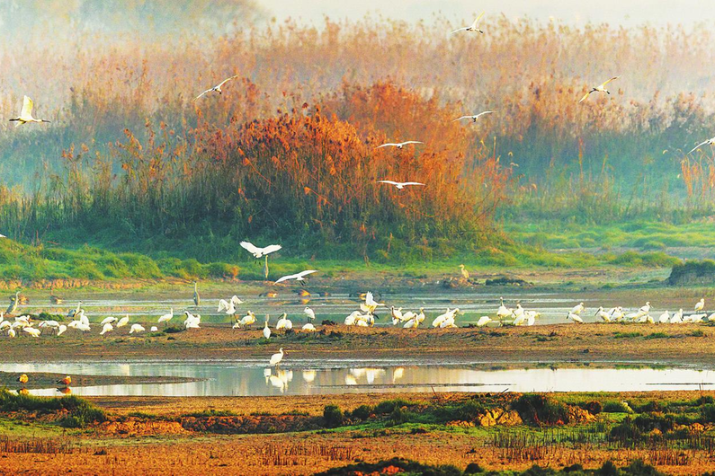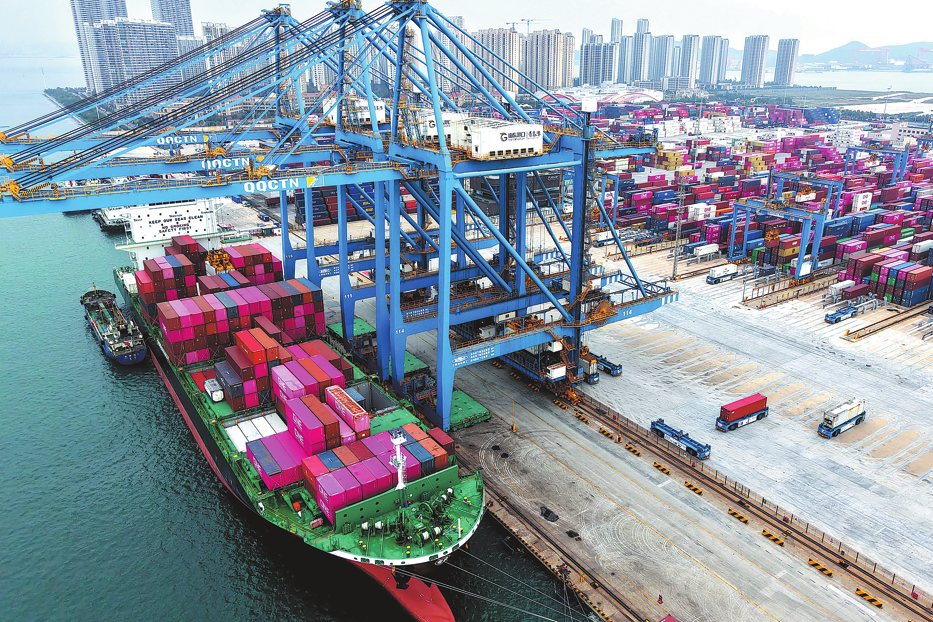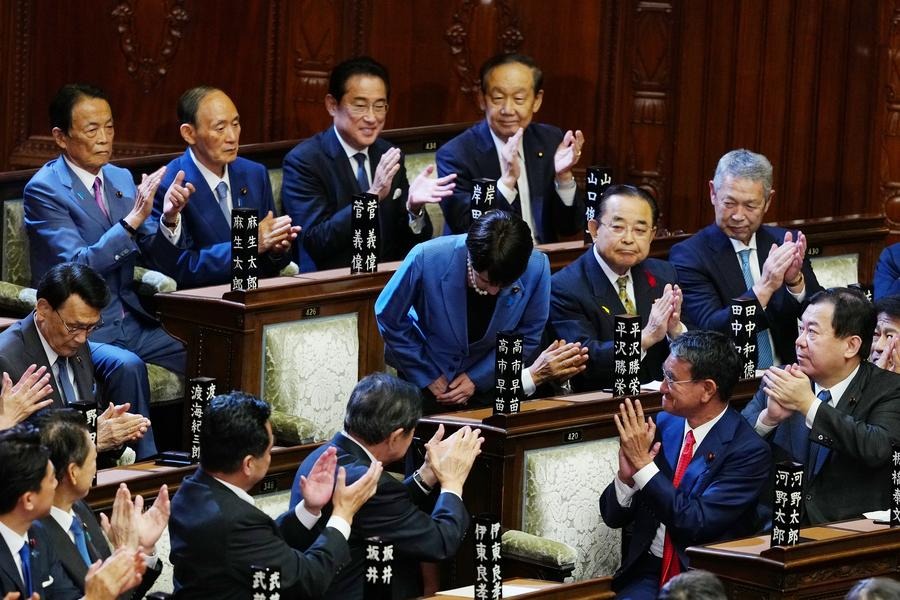China, Iran take path to shared future


China and Iran have inked a 25-year blueprint to enhance bilateral comprehensive strategic cooperation, which follows a joint statement issued in 2016 that they would establish a strategic cooperation partnership. The agreement, signed on Saturday, reflects both sides' need to pursue development based on the principle of mutual benefit and win-win results.
Since the Islamic Revolution in 1979, Iran has been facing daunting challenges due mainly to Western, especially US, sanctions, sociopolitical turmoil, the Iran-Iraq war, and rising tensions with some Western and neighboring countries. In order to find a path of development that suits its real conditions, Iran has to seek new diplomatic partners and China has proved to be one.
Iran's "look to the East" policy-put forward by former president Mahmoud Ahmadinejad's government (2005-13)-seeks to embrace East Asia, especially strengthen Iran's strategic cooperation with China. In 2018, Iran's Supreme Leader Ayatollah Ali Khamenei declared that "in foreign policy, the top priorities for us today include preferring East to West". Many said the statement suggested Iran would focus more on deepening diplomatic and economic ties with Asian countries.
To a great extent, the "look to the East" policy has become Iran's new diplomatic strategy. And strengthening its strategic partnership with China is an obvious part of that strategy. On the other hand, Iran occupies a special niche in the China-proposed Belt and Road Initiative.
Moreover, in the early 1990s, in order to meet the increasing demand for oil, thanks to its rapid economic and social development, China began looking for new sources of energy and sought to expand its relations with major oil and gas producing countries. And as one of the world's largest oil producers, Iran became a major energy supplier of China.
In today's fast changing world, as China faces increasing challenges, it wants to strengthen its strategic partnership with Iran given its geostrategic position. Under such circumstances, the signing of the 25-year blueprint may help the two countries to further benefit from each other and inject new vitality into their win-win collaboration.
It is therefore wrong to view the agreement as being targeted at the United States, particularly because China and Iran started discussing the cooperation plan in 2016, when Sino-US relations were still on a relatively positive track. Although the impact of the deal on the US will be minimal, it has attracted widespread attention from June in 2020 when Iran announced the draft of the blueprint.
Given its great scale, the comprehensive strategic cooperation blueprint sparked heated debates in Iran and negative perceptions in some countries, with some trying to distort the China-Iran relationship.
It is understandable that some Western and neighboring countries hold a negative view of the China-Iran partnership; they assume it would increase China's influence across the world and thwart their efforts to contain China. Especially, the countries that support sanctions against Iran don't want to see the Middle East country develop through its cooperation with China.
Even within Iran there are some voices that say the agreement will benefit China more than Iran, and undermine Iran's relations with the West. But they cannot affect overall China-Iran cooperation. Also, it is wrong for some Chinese self-media platforms to cite unauthorized and misleading foreign reports on the Sino-Iranian agreement. They should know that bilateral ties develop based on mutual benefit, rather than unilateral dominance.
In fact, people need time to understand the importance of such a cooperation blueprint. The agreement is just a "road map" for the Sino-Iranian comprehensive strategic partnership, and the development of their relationship depends on the depth and extent of their cooperation.
The author is a professor at Shanghai International Studies University's Middle East Studies Institute. The views don't necessarily represent those of China Daily.



































